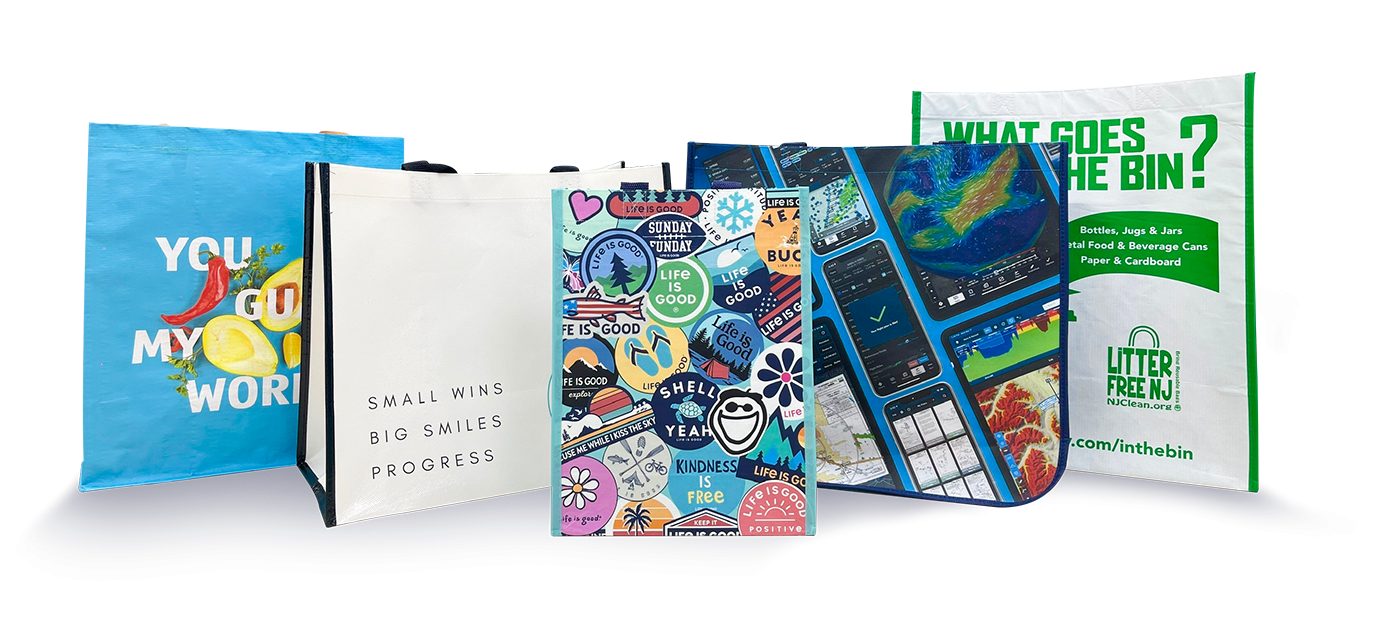The trend of using reusable bags and eco-friendly packaging is gaining, opening new opportunities for businesses to stre...
2026 is coming it’s time for brand owners to explore the D2C model!
D2C (Direct-to-Consumer) is a business model where a company sells directly to end consumers without intermediaries such as agents, distributors, or e-commerce platforms.
In short: The brand produces – sells – delivers – and provides customer service on its own.
Example:
Instead of selling clothes via Shopee or other third-party platforms, a brand builds its own website, app, or e-commerce site so that customers can purchase directly.
Key Characteristics of the D2C Model
| Feature Group | Description |
|---|---|
| 1. Brand Control | Businesses have full control over brand image, pricing, shopping experience, and customer service — without being constrained by increasingly strict platform policies. |
| 2. Customer Data Ownership | Brands collect first-party customer data, gaining insights into behavior, preferences, and purchase history — allowing personalized shopping experiences and powerful marketing advantages. |
| 3. Higher Profit Margins | No commission or revenue sharing with intermediaries, leading to stronger profitability. |
| 4. Product Experimentation | Brands can quickly test and launch new products thanks to direct communication with loyal customers and rapid feedback loops. |
| 5. Stronger Customer Engagement | Direct interaction with consumers fosters brand loyalty through communities, memberships, and loyalty marketing. |
Pros and Cons of the D2C Model
| Advantages | Disadvantages |
|---|---|
| ✔️ Full control over brand and pricing | ❌ Requires investment in technology and marketing |
| ✔️ Own customer data for re-marketing | ❌ Lacks built-in traffic like TikTok or Shopee |
| ✔️ Flexible in product and campaign adjustments | ❌ Requires an excellent operations team (customer care, logistics, web, ads) |
| ✔️ Higher profit margins when scaling | ❌ Takes time and effort to build initial trust |
Global D2C Success Stories
| Brand | Industry | Highlights |
|---|---|---|
| Shein | Fast fashion | On-demand production, sells directly via its own app |
| Gymshark | Sportswear | Built a fitness community, strong KOL marketing |
| Allbirds | Eco-friendly footwear | Combines D2C with supply chain transparency |
| Glossier | Cosmetics | 100% online through website and social media |
| Warby Parker | Eyewear | Try-at-home program, D2C with small showrooms |
The Rise of D2C in Vietnam
D2C is gaining strong traction in Vietnam, particularly in the following sectors:
- Fashion & Accessories: Coolmate, Lép Apparel, DirtyCoins
- Beauty & Personal Care: Cocoon, Skinlosophy
- Beverages & FMCG: TNI King Coffee, Durex, Anka Milk Online
- Homeware & Lifestyle: Inochi, Bluha, Totodo
Example:
Coolmate sells men’s clothing directly via its own website, managing warehouse, delivery, and customer service independently — a prime example of the D2C model in Vietnam.
Is Your Industry Suitable for D2C?
To assess D2C potential, consider its three core pillars:
- On-Demand Design & Production
→ Launch small batches, test customer reactions, and scale up fast-moving items. - Fast Data Feedback Loop
→ Analyze browsing, clicks, cart, and purchase data to continuously refine products and designs. - Viral Marketing (Social + Influencer + UGC)
→ Replace intermediaries with strong social presence using TikTok, Facebook Reels, and micro-KOCs, leveraging user-generated content for credibility.
Industries Best Suited for D2C (Author’s Perspective)
| Industry | Fit Level | Reasoning |
|---|---|---|
| 1. Fast Fashion | ⭐⭐⭐⭐⭐ | Short product cycles and fast-changing trends make “test-and-scale” highly effective. |
| 2. Fashion Accessories (tote bags, hats, jewelry, sunglasses...) | ⭐⭐⭐⭐ | Easy production, high margins, simple sizing, and potential for print-on-demand (POD). |
| 3. Sportswear & Athleisure | ⭐⭐⭐⭐ | Growing demand aligned with “healthy lifestyle” trends and strong KOL/UGC synergy. |
| 4. Sleepwear / Loungewear / Underwear | ⭐⭐⭐⭐ | Low inventory risk, low price points, and high personalization potential. |
| 5. Beauty & Skincare | ⭐⭐⭐ | UGC- and influencer-friendly, but requires regulatory compliance. |
| 6. Lifestyle & Small Home Décor (lamps, pillows, decor accessories) | ⭐⭐⭐ | Easy to pack and cross-sell with fashion. |
| 7. Handmade & Personalized Accessories | ⭐⭐⭐ | Trend-based limited drops using data-driven designs. |
| 8. Functional Foods & Health Supplements | ⭐⭐⭐ | High personalization potential; effective with credible KOCs such as doctors, pharmacists, and scientists. |
Industries Less Suited (or Require Hybrid Models)
| Industry | Fit Level | Notes |
|---|---|---|
| Footwear | ⭐⭐⭐ | Trend-driven but complex sizing and inventory management. |
| Luxury Handbags / Local Premium Brands | ⭐⭐ | Not ideal for fast-turn, low-cost models; can adopt social/D2C elements only. |
| Office Wear / Uniforms | ⭐⭐ | Long product cycles, low variation — limited to personalization and direct sales. |
| Fine Jewelry (silver, gold) | ⭐⭐ | Requires certification, complex logistics, and high-value inventory management. |
 English
English


